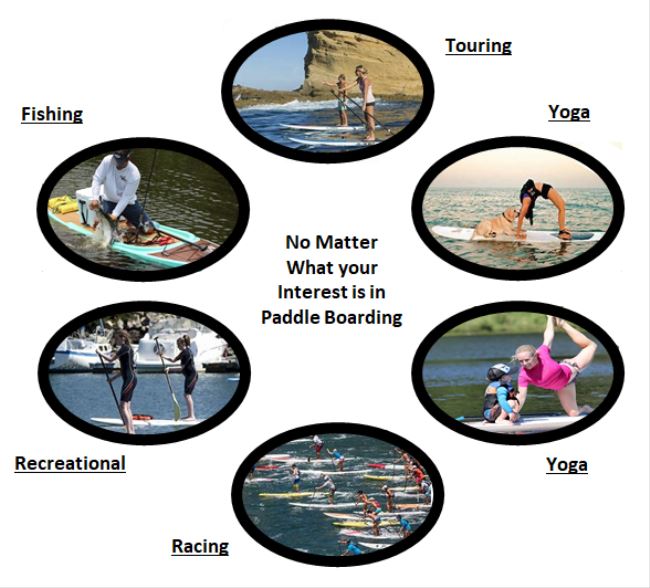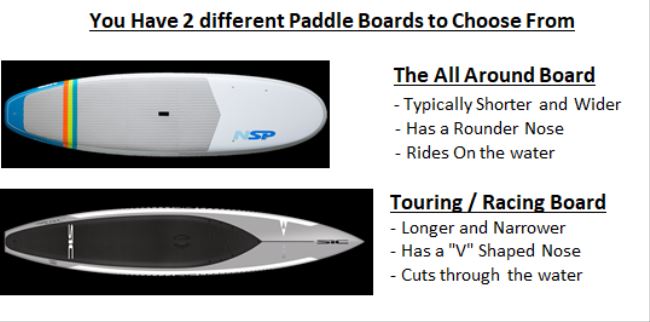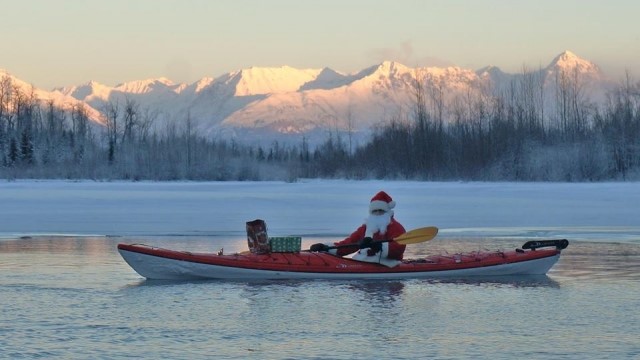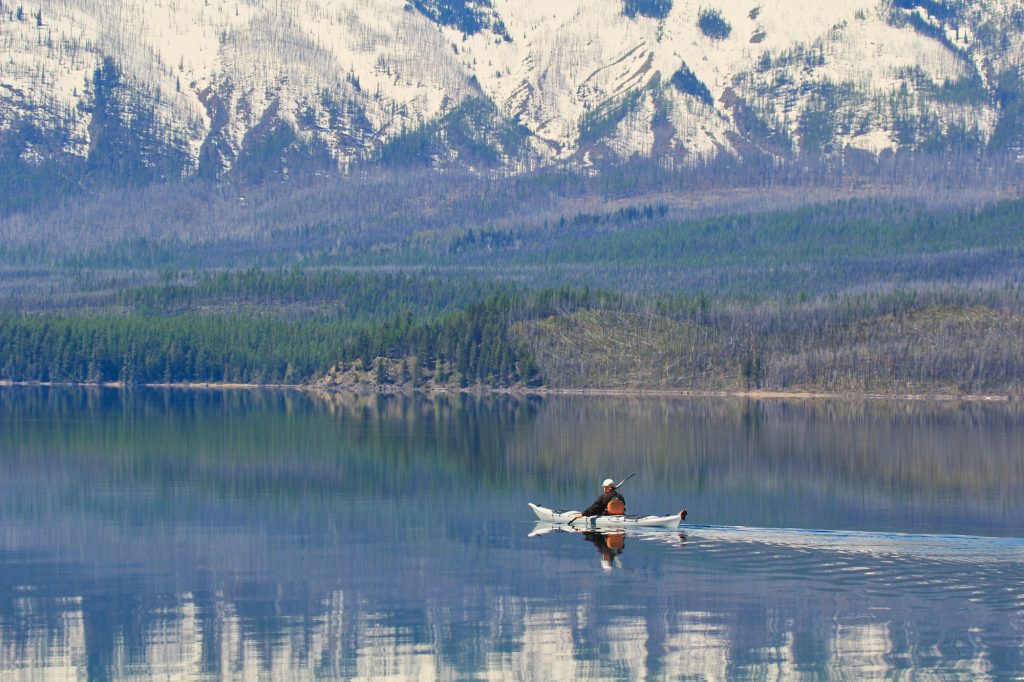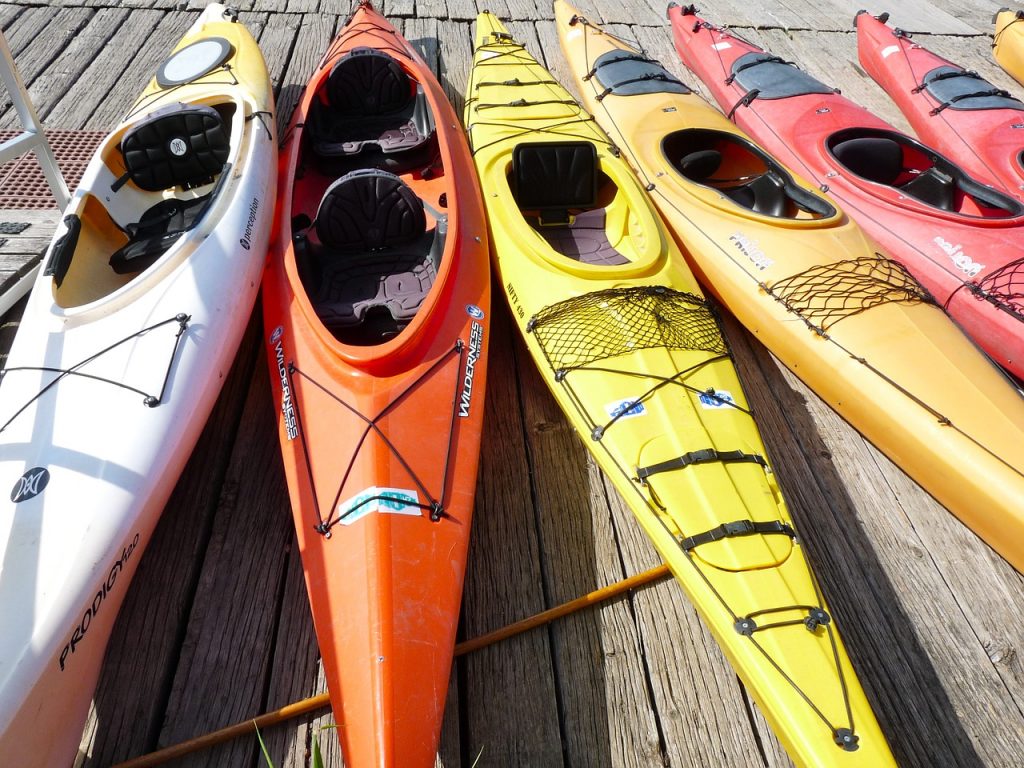DockCraft Industries LLC
April 6, 2020
Our Response to COVID-19
To our Valued DockCraft Industries Customers, Followers, and Friends,
In these unprecedented and difficult times, we hope this message finds you safe and healthy. We at DockCraft, like you, are adjusting to this new way of life and are learning methods to be more responsible in our everyday activities.
DockCraft is a small online business in Western New York and we want to assure you that we will maintain operations in support of our customers, The safety and well-being of our Staff is of utmost importance to us. We have implemented and continue to follow the CDC guidelines.
Probably, the most significant bond we all share is the love of being on the water! What better way to get our exercise and practice social distancing!! Our goal is to make that love easier and more convenient.
Happy Paddling!! Be Safe
Cindy & Ed Wrobbel
Owners of DockCraft Industries LLC


